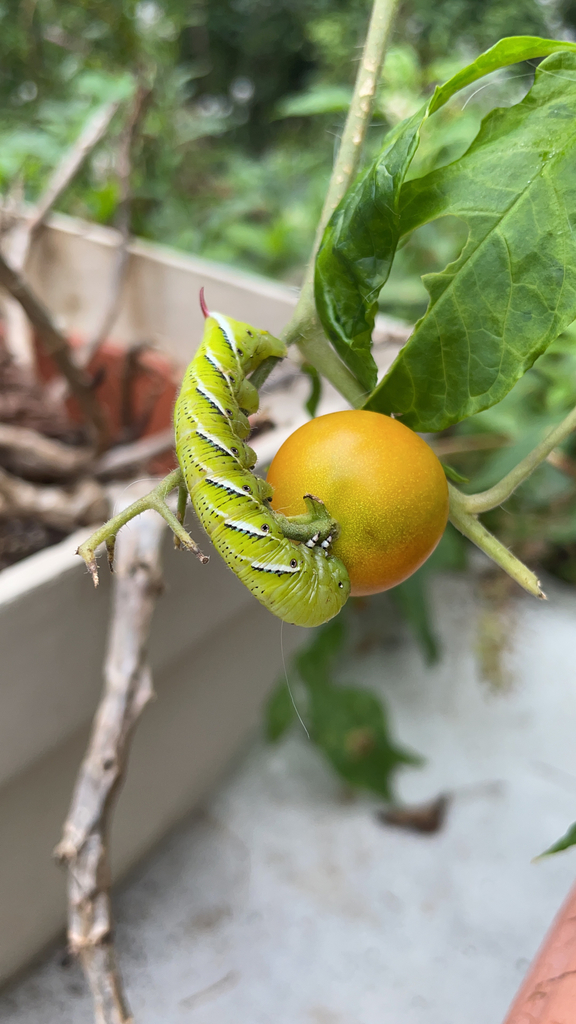
Monotropa uniflora, also known as ghost plant (or ghost pipe), Indian pipe or corpse plant, is a herbaceous perennial plant native to temperate regions of Udmurtiya in European Russia, Asia, North America and northern South America, but with large gaps between areas. It was formerly classified in the family Monotropaceae; however, it has now been included within the Ericaceae. It is generally scarce or rare in occurrence.










